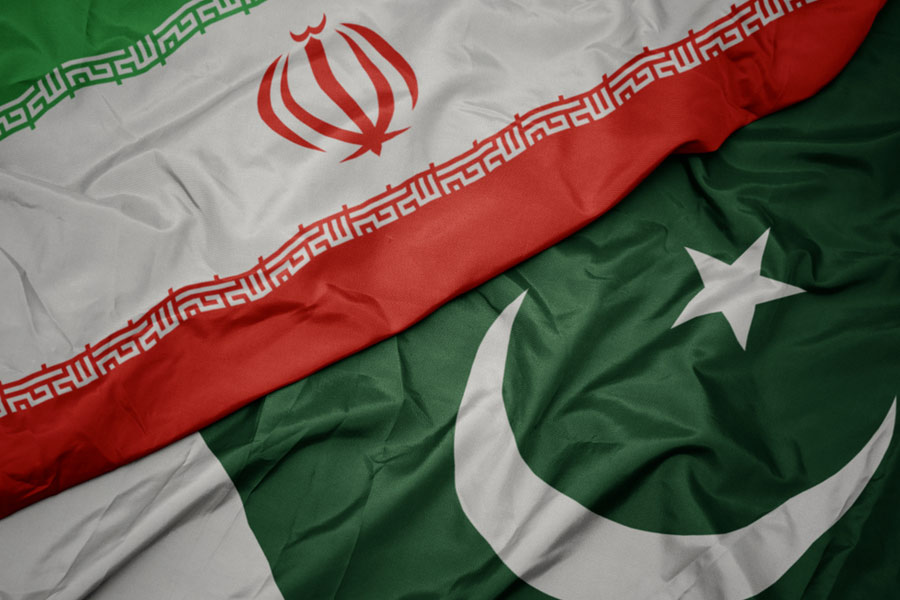1. Abstract
The paper focuses on the Pakistan-Iran conflict, its past and present. This conflict recently came into the limelight due to the missile exchange between the nations. The paper initially focuses on the relations between Iran and Pakistan per the Islamic Revolution. The paper moves in concentric circles, firstly focusing on the main two countries. Then it explores the origin of the Balochistan Liberation Army. Further, the focus being India, the simmering tension will have impacts on social and economic security, as well as maritime and trade security. The paper also focuses on the geopolitical dimension of India and how India can be instrumental in the liberation of Balochistan. The paper further delves into the aspect of the global powers involved in it like China and the United States. The paper concludes with recommendations for better security in India, and how to protect India from any breaches in security and untoward circumstances.
Keywords – Iran, Pakistan, India’s security, Balochistan Liberation Army, Islamic revolution.
2. Introduction
Since the inception of Pakistan in 1947, an ally was established in Iran. The warmth of this augmenting relationship was seen as the Shah of Iran became the first head of state to visit Pakistan in 1950. Further having solidified their ties with the signing of a Treaty of Friendship.
Over time there was a drastic change due to divergent political outlooks, the relationships between Iran and Pakistan had deteriorated. The Iranian/ Islamic revolution altered the ideology of Iran. With the overthrowing of the Pahlavi dynasty in 1979, Ayatollah Ruhollah Khomeini developed an anti-American stance in Iran, unlike that of Pakistan. Moreover, the emerging Taliban conflict also showed differing opinions, as Pakistan supported the Taliban in Afghanistan. While Iran supported the Northern Alliance against the Taliban. These diverging geopolitical interests moved the two nations apart. Pakistan’s close ties to Saudi Arabia and Iran’s security agreement with India both played a major role in making the ties further complicated. Furthering the deterioration of these relations was the origination of The Balochistan Liberation Army, in parts of Baloch in both countries. This Army has constantly been attacking military bases of the opposite countries, causing harm.
The situation between the two countries is not just between them but on a larger scale affects their neighbouring countries. India is a major player in Asia and shares a close border with Pakistan. There can be multiple security implications. The refugee influx, economic instability, maritime security problems, and the imminent effects on trade all are interconnected. Although the issue may seem impertinent to India, it can have lasting consequences.
3. Iran-Pakistan Historical Ties
3.1 Pre-Islamic Revolution
The ties between Iran and Pakistan before the Islamic Revolution were amiable. The CENTO Pact, the Central Treaty Organization, initially known as the Middle East Treaty Organization was formed on 24 February 1955 by Iran, Iraq, Pakistan, Turkey, and the United Kingdom, a military alliance during the Cold War. There was a proximity between the Pahlavi regime and the government of Pakistan about bilateral issues, showcasing a great deal of trust and friendship. Iran was also instrumental in providing trade to Pakistan during the Indo-Pakistani wars of 1965 and 1971. Pakistan had also been a good neighbor and supported Iran during the raw stages of the Iran-Iraq war. The Iran-Pakistan Preferential Trade Agreement was signed in 1952 and gave preferential treatment for tariffs, and preferred items like textiles, agricultural products, minerals, etc. They were overall showing extremely well-aligned interest.
Click Here To Download The Paper


📌Analysis of Bills and Acts
📌 Summary of Reports from Government Agencies
📌 Analysis of Election Manifestos

